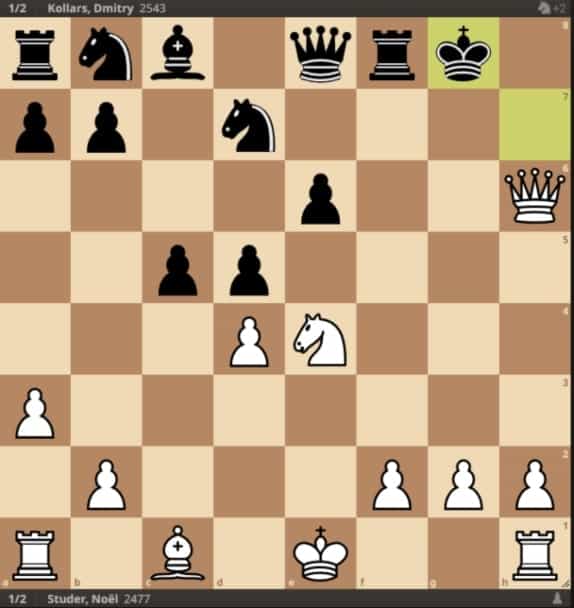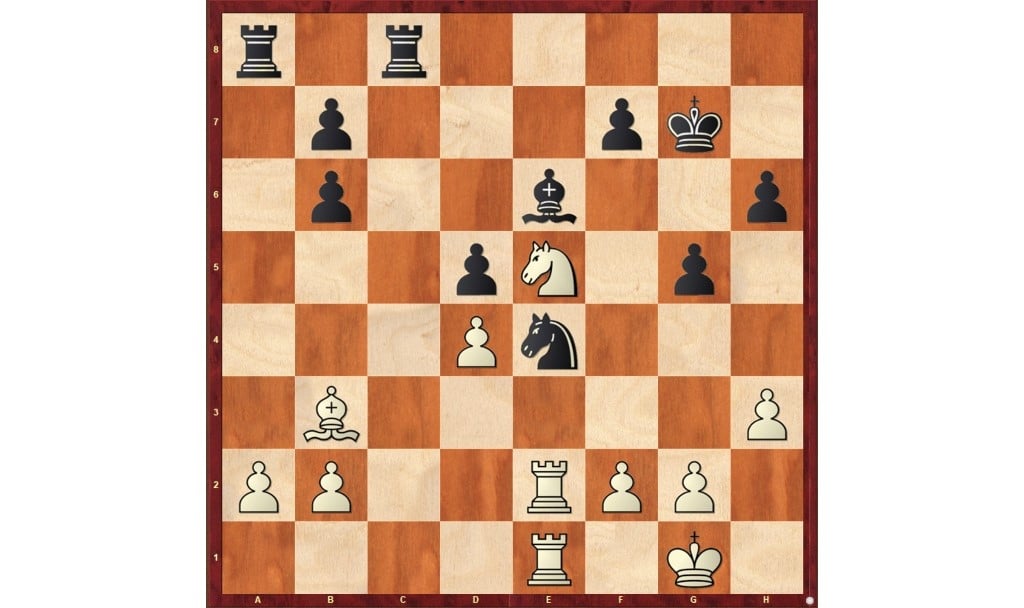My favorite Chess advice was given to me when I was around 10 years old. My Coach back then, a Swiss player with around 2050 rating, told me “to talk to my pieces”.
Obviously, I looked at him with big eyes and thought he took some kind of drugs or made a joke. But to my surprise, he just continued with his calm voice “if you want to lead your pieces in the game of chess, you need to have a feeling for them”.
I still was not really sure what was going on. Leading my pieces and getting a feeling for them? I thought chess was a rather brute-force game, not some kind of esoteric “feel your pieces” thing. Still, he did not give up on me and continued:
“The best way to get a feeling for your pieces is to talk to them. Before you make a move, just ask each piece how happy it is. The one which is most unhappy you will improve, until every piece you have is happy.”.
I started to understand that it is no joke. My Coach wants me to talk to my wooden chess pieces. What will my classmates think of me? Playing chess I am already a big nerd, but talking to wooden pieces? They’ll think I am totally insane!
And anyway, it is forbidden to talk during the game. So how should that work?
Learn To Talk To Your Pieces
In order to make a point my Coach started to set up a position and told me: now start to talk to each piece. Who is happy, and who is unhappy? Reluctantly, I started to ask one piece after another.
“Rook, are you happy on a1?” I said, half giggling, half afraid to make a fool of myself “No Noël, I am not doing anything, I would like to join the game and be helpful” the rook answered.
Wow, this works! After asking all my pieces, it was so obvious to me that I had to bring this rook into play. My Coach looked at me with a smile, and at this moment he understood I will never forget that advice again.
Practical Example
I cannot remember the position or the exact conversation. But when writing these lines, I thought of the amazing piece of preparation my former Coach GM Ragger did for me.

After sacrificing a piece it seems like white needs to give a perpetual Check with Qg5+ Kh7 Qh6+.
But now you start to talk to your pieces.
“Ra1, where would you be the happiest?” “on g3, where I check blacks King and deliver a checkmate one move later”. So how can we bring the Rook to g3? By playing a3-a4! White is Winning (+8 Engine evaluation) after this amazing move.
Start Talking To Your Pieces Now
Up until this point in my career talking to my pieces has helped me gain dozens if not hundreds of points already. It is a very simple, yet effective method. It makes sense to test it at home, using the method for a couple of blitz games and exercises.
The more you do it, the more naturally it comes. At some point, you will not have to actively ask your pieces, but you just feel bad for that poor rook standing on a1 not doing anything. You will automatically bring him into play!
Use the method in the following way:
Step 1)
Find out which piece is most unhappy. Go through all your pieces (pawns excluded) and pick the most unhappy one.
Step 2)
Before you start to move this piece mindlessly somewhere, use the “dream” method. Where would that piece dream to be? Then start to make a route to that dream square. As you saw in the above example, you may have to prepare the route to your dream square!
If this dream square is pure ideology and not realistic at the moment, keep it in mind and just improve the piece for the time being.
Step 3)
After you have improved one piece, start the process again. Typically if all the pieces are happy there should be some winning tactic in the air!
Test Yourself
I will leave you with a very instructive position. This is courtesy of GM Ganguly, as part of a training game in prochesstraining. Test yourself by using the above method. It is white to move.
Take some Minutes, and let me know in the comment section which piece is the worst placed piece and how you would improve it!

As always, I hope you enjoyed the article. If you did, then do not forget to share the blog with friends and family, in order to help more people improve their chess!
Until next time!